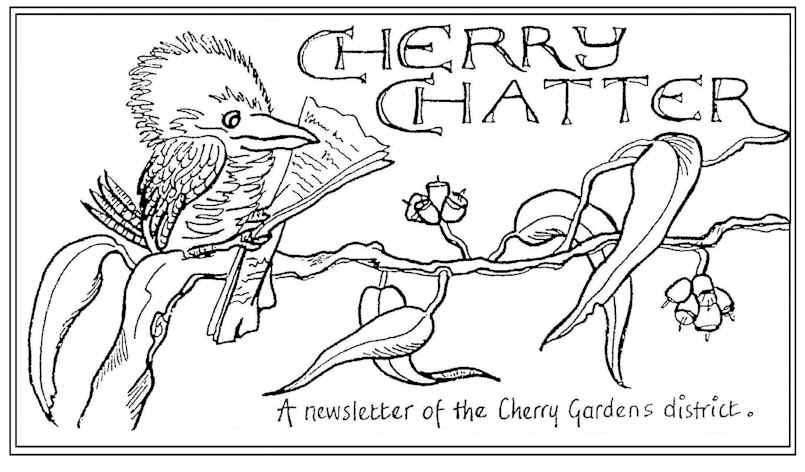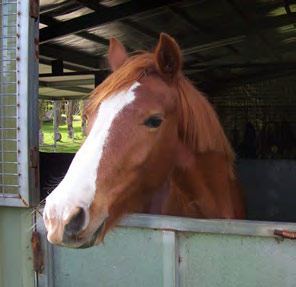Over the stable door
Greetings Fellow Equines and Horse Owners!
Weeds
Into winter now with some much wanted rain. The paddocks will be sprouting several varieties of weeds with that moisture. The best way to manage it is to get in early (if you haven’t got around to earlier spraying) and start hand pulling. (A hand picker is a useful tool here). A short time, a couple or few times a week, can help to make a big difference.
Salvation Jane
Capeweed and Salvation Jane are amongst the easiest to hand pull, as well as some of the thistle varieties. Others like dandelion and dock can be harder as they tend to have a long and stubborn tap root. Even if you can take off the top bits to prevent them setting seed can help. One of the most obvious problems with these weeds (commonly called broadleaf) is because they do grow from a broad base, and they literally out-compete with the more natural grasses. Over time they can completely take over what was once a good grazing paddock. Taking a regular stroll around your grazing land can keep you in touch with what is happening at ground level. Things can change from year to year. There are some not very nice imported weeds such as Chilean needle grass which can infest your land. Unfortunately these weeds do extremely well in our climate, so if you see anything in your paddocks that looks new or you can’t identify, take a sample in a plastic bag to the NRM board in Mount Barker and/or give them a ring and see if you can get it identified and take appropriate measures. The staff are very helpful and if need be, can come and inspect your paddock to help with any concerns.
Owning a horse also comes with the responsibility of being a land carer. We all want the best for our horses, whether it be nice safe fencing, or lovely weed free paddocks. It can be a win-win situation with a little extra effort. If your land is too degraded, sometimes it is more efficient to put your horse out to agist while you set about rejuvenating and improving your land (this could take 12 months), but the effort is worth it and will save more time and money in the long term. The added advantage of doing this means that it opens up the opportunity to completely reassess your block and maybe move fence lines, gates, loafing areas, work areas and watering points. Remember what may work for your neighbour may not work for you as each plot of land comes with its own issues such as soil types, slopes, rocks, bogginess, vegetation, aspect etc. As always, plenty of things to consider, but all, for the long term good, for you your horse and, to the value of your land.
I continue to maintain my weight (Yay!). The next few months may be telling. We shall wait and see….
Happy munching and safe riding everyone.


